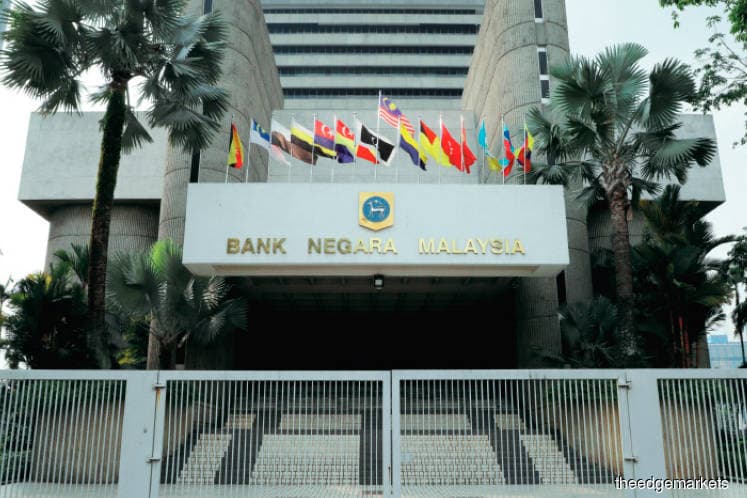
This article first appeared in Capital, The Edge Malaysia Weekly on March 2, 2020 - March 8, 2020
FIXED income funds had a good year in 2019, as investors sought shelter in the asset class on the back of slower global and domestic growth as a result of the US-China trade war, and lower interest rates. Yields on Malaysian Government Securities (MGS) fell, and this trend continued this year as Bank Negara Malaysia unexpectedly cut the overnight policy rate (OPR) in January, followed by uncertainty arising from the coronavirus outbreak.
However, the recent political turbulence on the local front has dampened demand for MGS in the immediate term, putting some upward pressure on yields. But with strong domestic institutional support, Woon Khai Jhek, senior economist at RAM Rating Services Bhd, does not believe a persistent upward pressure can be sustained, barring a prolonged volatile political situation.
“This can be seen with the daily MGS yield movements, which charted an uptick on Feb 24, when the prime minister resigned and the Cabinet was dissolved, but proceeded to fall in the following two consecutive days,” he says.
He adds that the higher demand was likely a result of local investors switching to safer fixed-income assets in the face of volatile stock markets, and for longer-term investors driven by the need to secure higher investment yields when lower interest rates are expected on the horizon.
In fact, Chu Kok Wei, CIMB Group’s group head, Treasury and markets, believes yields could fall further.
“There is further room for yields to fall as we are only in the third month of the Covid-19 epidemic, while previous epidemics easily lasted more than six months. The expectation is for a more dovish outlook and rate cuts by central banks all over the world to reinforce the effects of stimulus packages to weather the storm,” he says.
A worsening of the Covid-19 epidemic could drive yields lower, if a greater number of cases were reported in developed nations. Chu also views growth downgrades owing to Covid-19 appearing to be too mild, although this could change.
“For now, most economists continue to expect the US to buttress the economy, but the US Purchasing Managers’ Index, a leading indicator, has posted its first contraction in years. Another large economy, Japan, recently reported a severe downturn in gross domestic product growth, while China, as well as most countries, have yet to report economic data incorporating the full effects of the virus.
“At the same time, stock market valuations are still very high. Should this disconnect revert to fundamentals, financial market dislocations would lead to a further flight to safety. We should expect to see markets pricing in a global slowdown and potential recessions,” he says.
The lower yields are signalling expectations of another OPR cut and a slowdown in GDP growth and inflation, Chu adds.
RAM’s Woon expects the central bank to cut the OPR again in the next six months, bringing it down to 2.5% for the year, due to the significant risk from Covid-19 to economic growth momentum.
“This would certainly weigh further on MGS yields,” he says.
Woon sees a lower OPR providing some respite and assistance to businesses during this period of economic stress and could also inadvertently help to buffer some downside risk that may arise from the recent political upheaval.
Save by subscribing to us for your print and/or digital copy.
P/S: The Edge is also available on Apple's AppStore and Androids' Google Play.